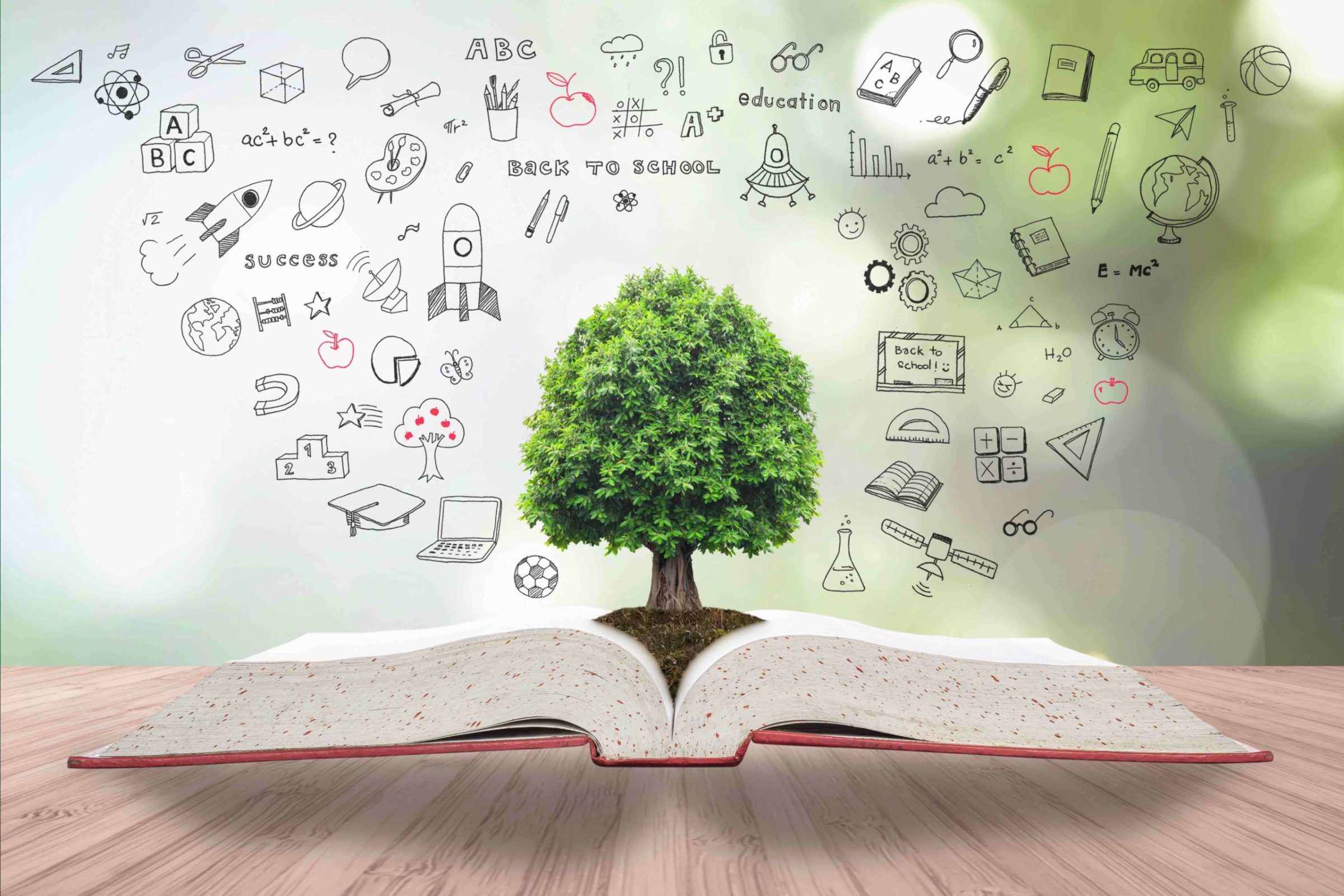- by 横川光恵
- 2025年4月27日
The Dynamic Landscape of Pupil Communities
In today’s interconnected globe, student communities play a critical function in shaping academic and personal experiences.

These communities are not simply collections of individuals however are dynamic communities that promote growth, learning, and cooperation amongst students. They vary commonly in type and function, from campus-based groups to international online forums, each offering unique possibilities for interaction and advancement.
Whether you are tipping onto an university school for the first time or participating in digital learning settings, comprehending the framework and advantages of trainee communities can considerably enhance your academic journey. This article looks into the essence of trainee neighborhoods, discovering just how they operate, the advantages they provide, and the ways in which they can be leveraged for individual and scholastic success.
Recognizing Student Communities
Pupil areas are foundational to the scholastic experience, functioning as both social and instructional support systems. At their core, these areas are groups created naturally by pupils who share common rate of interests, objectives, or fields. They can be informal, such as study groups, or formal, like student unions and clubs.
These communities are characterized by a common identification and the cumulative quest of understanding, abilities, and experiences. They act as systems for students to link, collaborate, and contribute to each various other’s development, prolonging past academic limits to affect personal growth and community involvement.

Basically, trainee neighborhoods are microcosms of larger social frameworks, where leadership skills are refined, concepts are exchanged, and long-lasting relationships are developed. The communications within these communities reflect a diverse blend of cultural, intellectual, and social characteristics.
- Networking Opportunities: Pupil areas provide a network of peers and mentors who can supply assistance and support.
- Ability Advancement: Participating in community tasks aids students develop vital skills such as communication, leadership, and teamwork.
- Source Accessibility: These communities commonly provide accessibility to scholastic sources, including research study products and professional suggestions.
- Social Involvement: They use a system for social interaction, easing the change into brand-new academic environments and aiding to deal with seclusion.
With these different functions, pupil areas come to be integral to the all natural development of pupils, laying a structure for future expert and personal success.
The Advantages of Taking Part In Pupil Neighborhoods
The benefits of joining pupil communities are multifaceted, affecting both academic and personal rounds.

On a scholastic degree, these neighborhoods urge collaborative learning, allowing trainees to benefit from varied point of views and know-how. Sharing expertise and resources within a community can result in extra reliable understanding end results and boosted academic efficiency.
In addition, trainee communities supply a system for personal growth and self-discovery. By involving with peers from various backgrounds and disciplines, students gain a more comprehensive worldview, enhancing their cultural proficiency and empathy. This direct exposure to varied perspectives is very useful in developing important thinking and analytic abilities.
Furthermore, energetic involvement in area tasks can increase students’ self-confidence and self-esteem. Taking on leadership functions or joining conversations and events cultivates a feeling of achievement and belonging, which is crucial for total wellness and inspiration.
Types of Trainee Areas
Student neighborhoods come in numerous forms, each accommodating various passions and objectives. These can be generally classified into academic, social, entertainment, and professional communities, to name a few. Each type offers one-of-a-kind systems and opportunities for trainee engagement.
- Academic Communities: These are usually centered around particular fields of study or academic interests. Examples include study groups, honors cultures, and department clubs.
- Social Areas: These groups concentrate on advertising social understanding and diversity, often arranging occasions and activities to celebrate numerous customs.
- Leisure Areas: These include sporting activities groups, leisure clubs, and hobby-based teams that supply a break from scholastic rigors and promote physical and psychological health and wellness.
- Specialist Neighborhoods: These are focused on job growth, supplying networking opportunities, workshops, and mentorship programs to prepare students for the specialist globe.
By recognizing and engaging with the best communities, trainees can tailor their university experiences to straighten with their interests and profession qammunity for students ambitions, paving the way for a fulfilling academic journey.
Building a Flourishing Student Community
Creating and maintaining a flourishing pupil area needs effort and cooperation from both pupils and educational institutions. It begins with promoting an inclusive setting where all trainees feel invited and valued regardless of their backgrounds.
Institutions can support this by giving resources and facilities that motivate communication and participation. This includes developing physical rooms like pupil unions and on the internet platforms that promote interaction and partnership. Furthermore, arranging events, workshops, and workshops can better improve engagement, supplying pupils with possibilities to connect and pick up from each various other.
Management and Trainee Participation
Effective management is crucial in nurturing an effective student community. Leadership roles within these communities supply pupils a possibility to create and demonstrate their organizational and interpersonal abilities. Pupils who think these functions contribute substantially to establishing the tone and instructions of their neighborhoods, affecting their peers favorably.
Motivating leadership and active participation amongst students not only reinforces the community however also equips individuals, preparing them for future obstacles. By cultivating a society of collaboration and support, pupil communities can grow, leaving an enduring impact on their participants and the academic setting all at once.